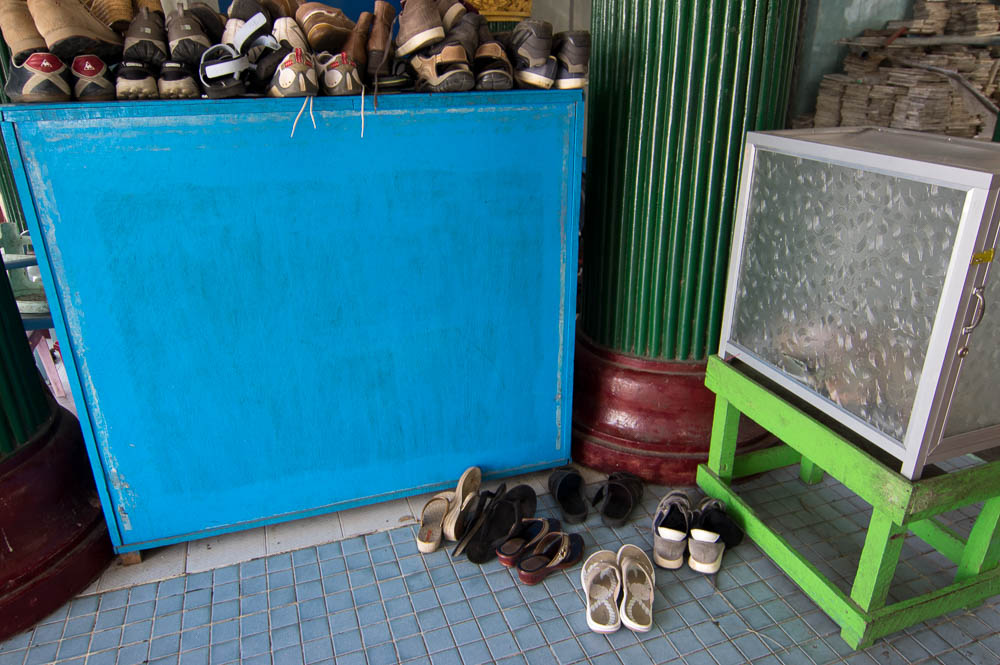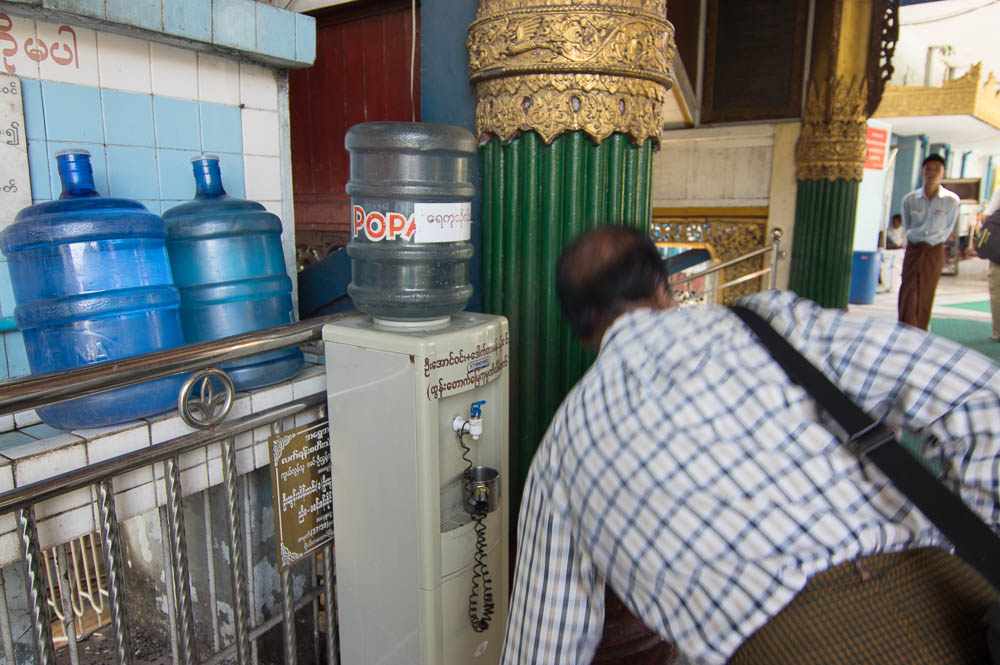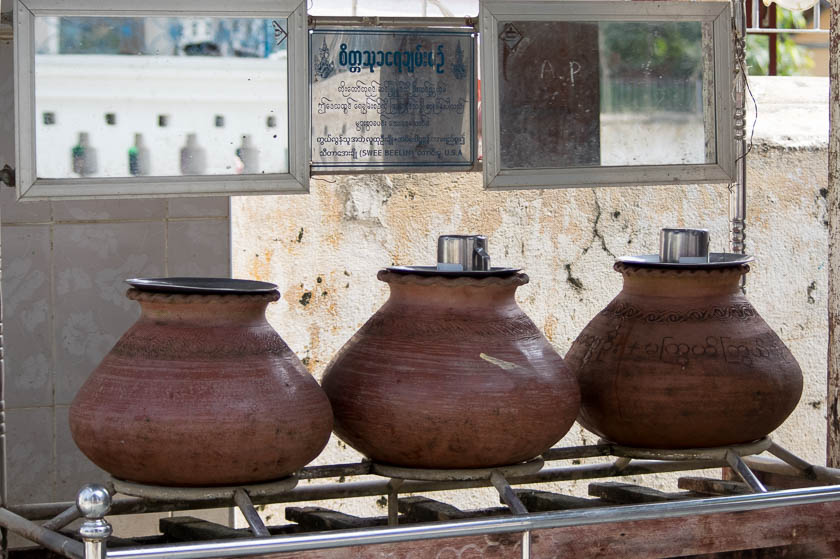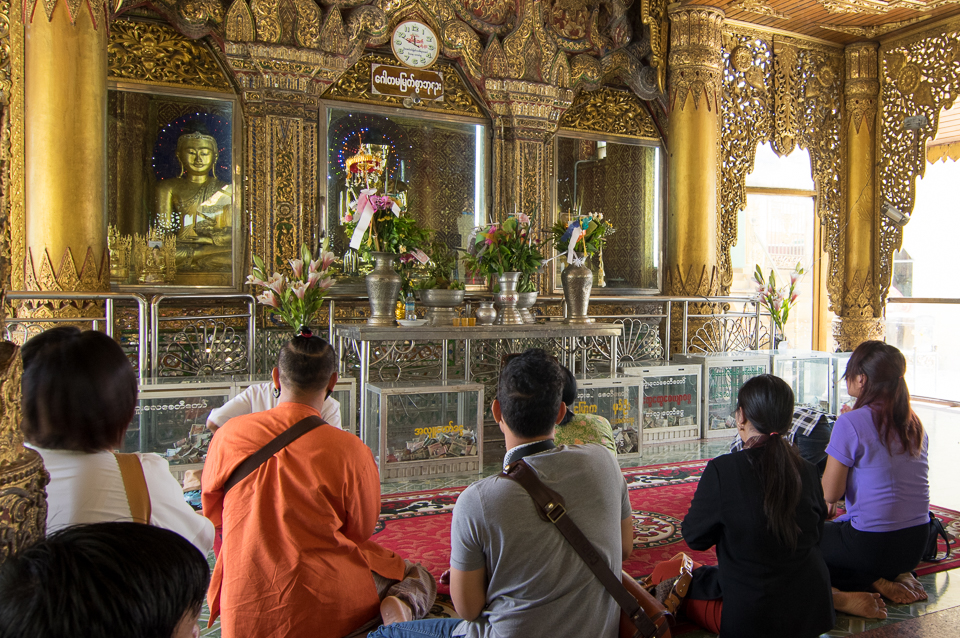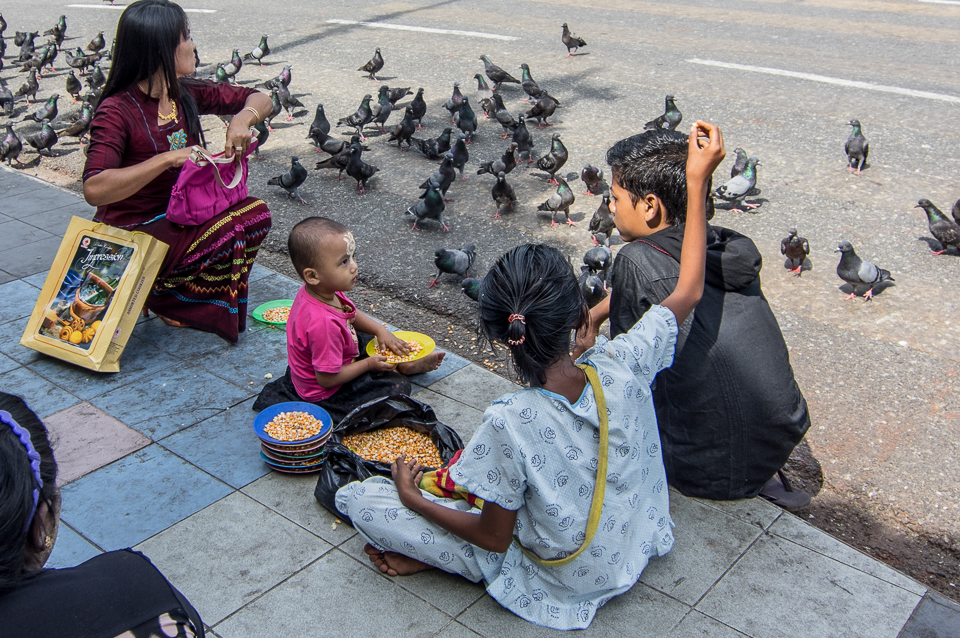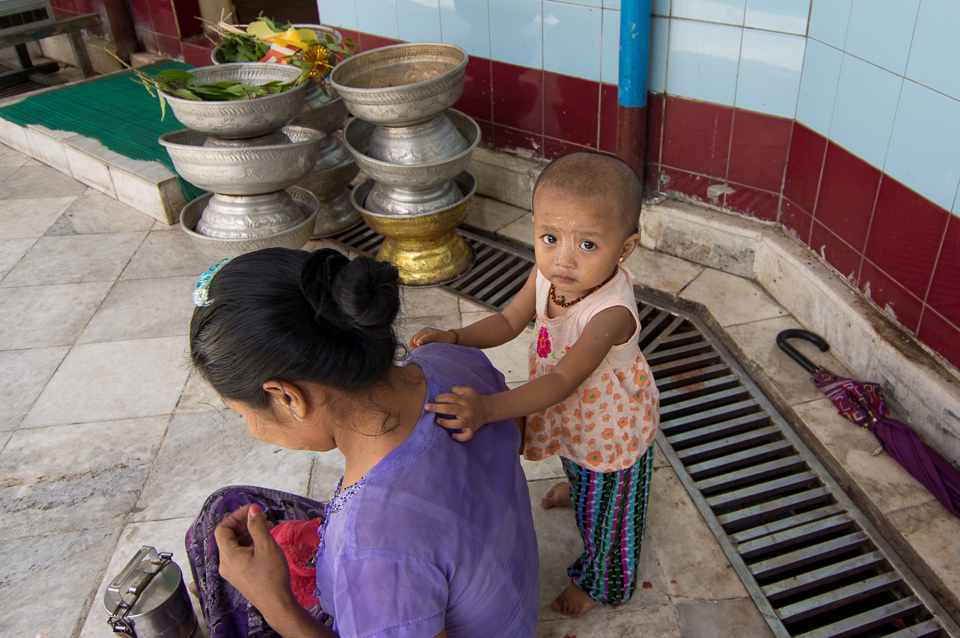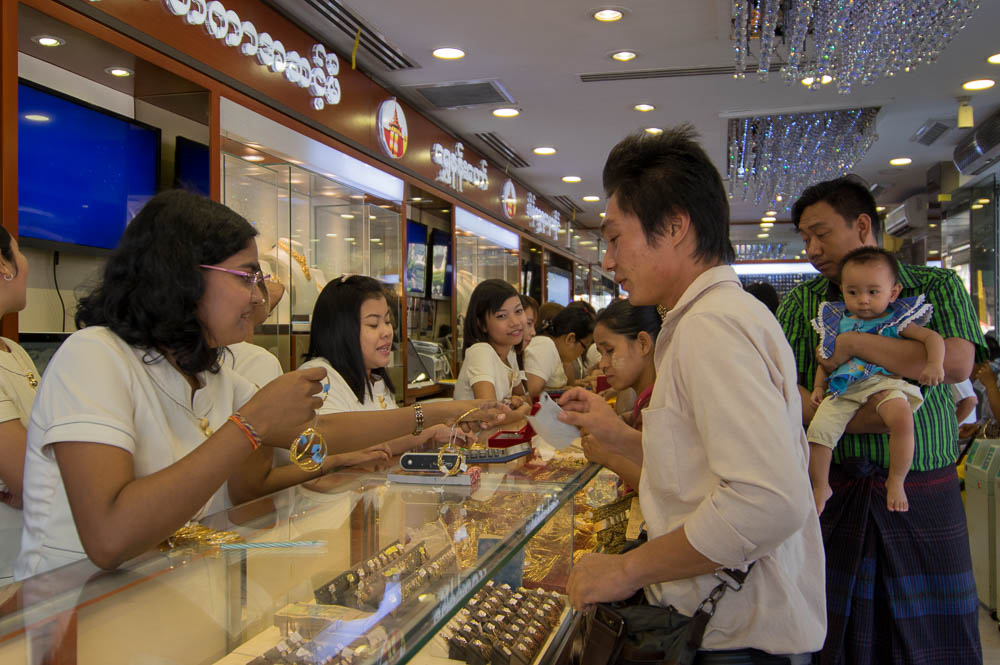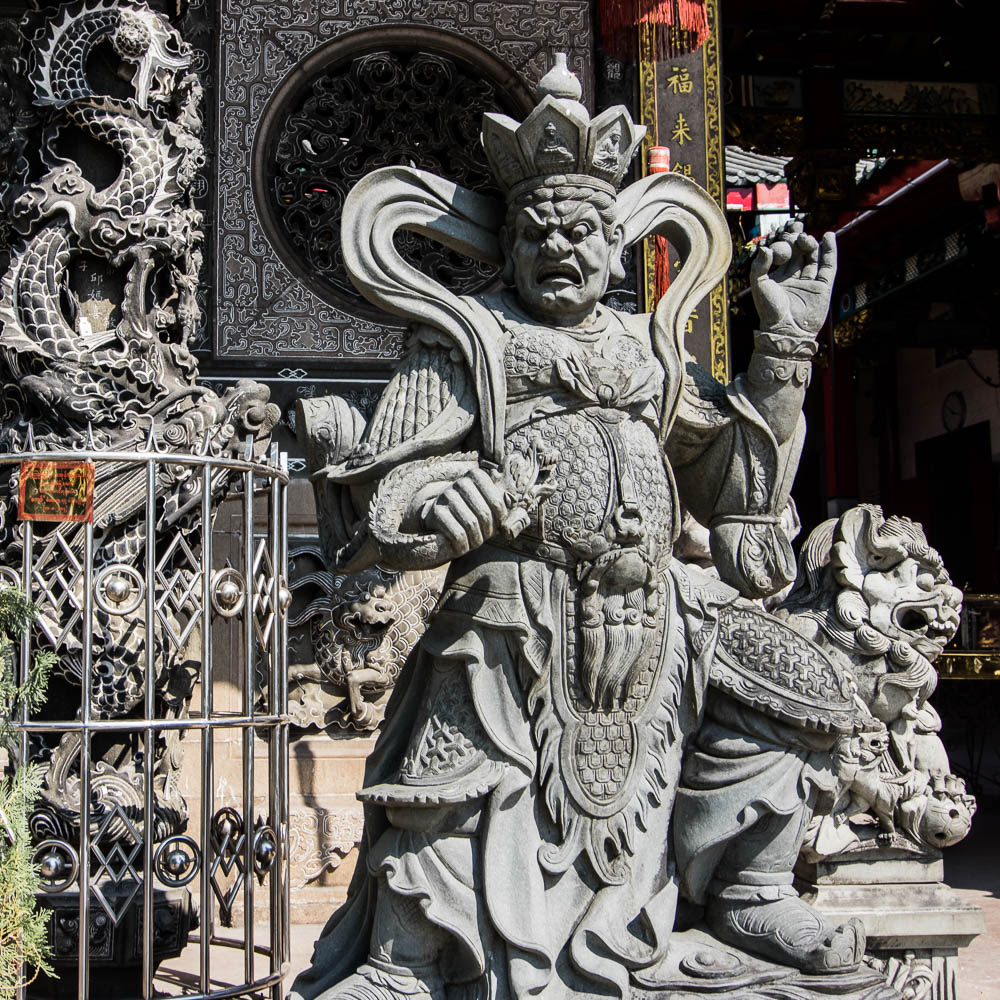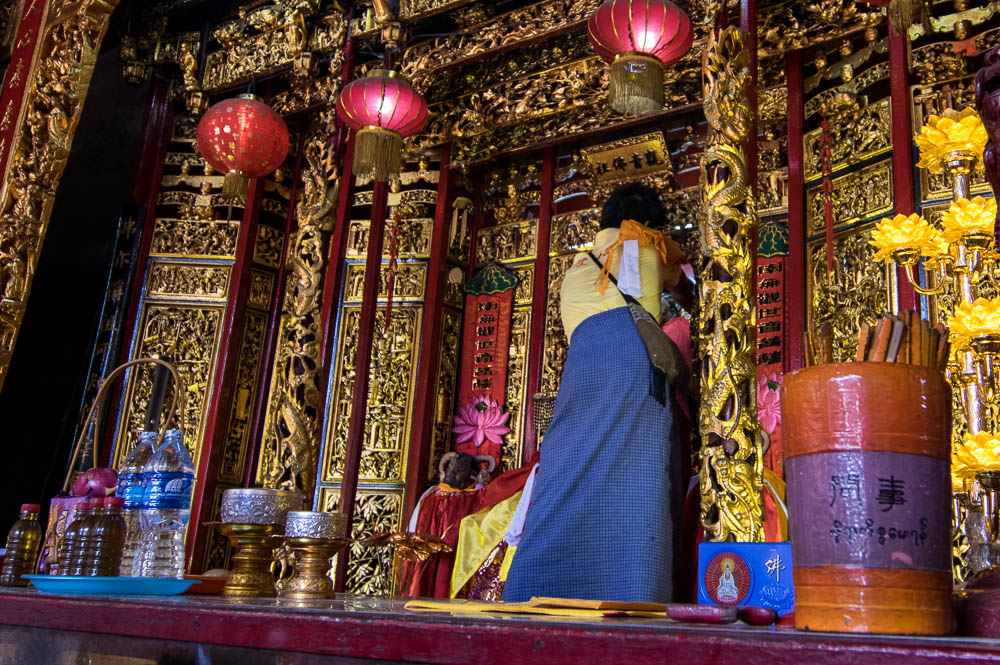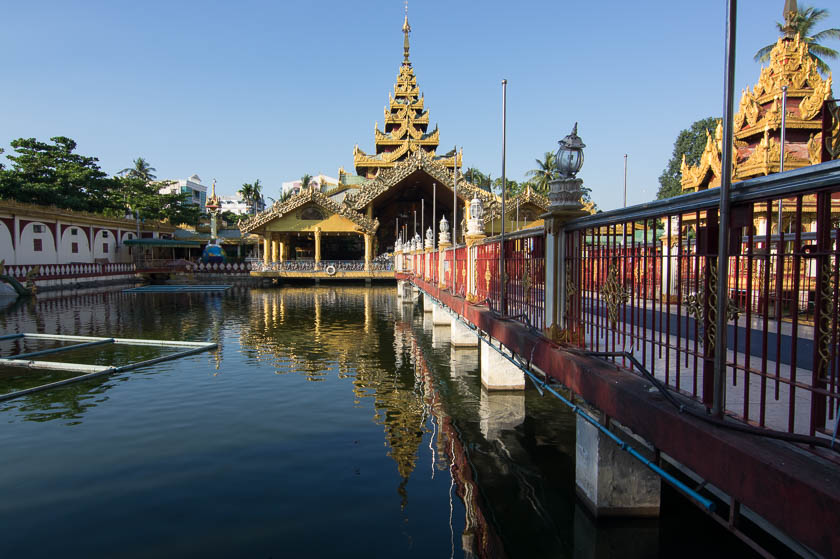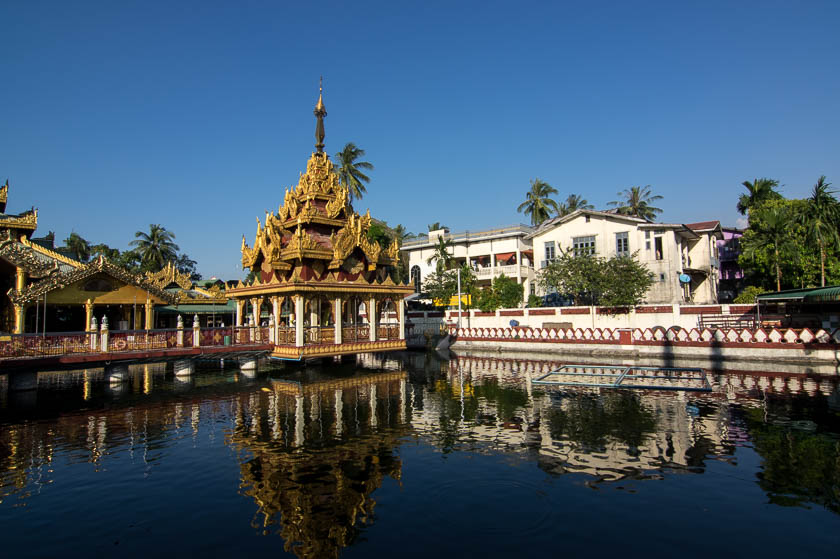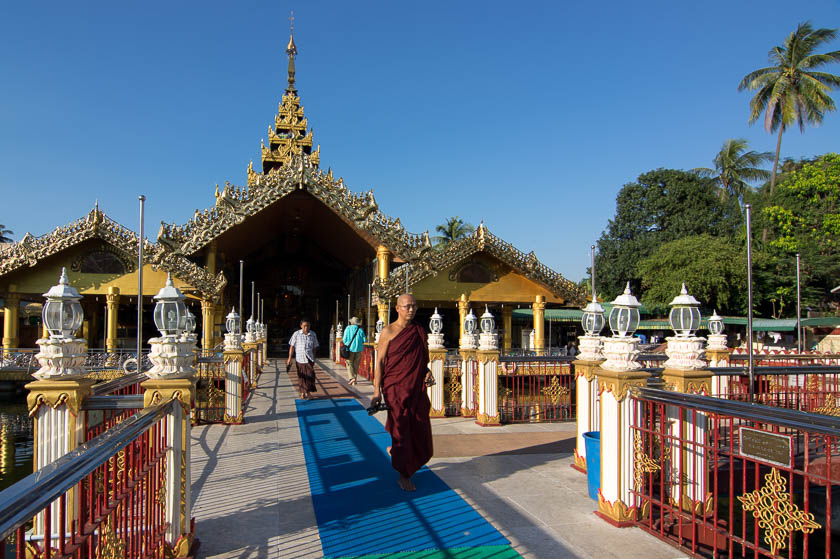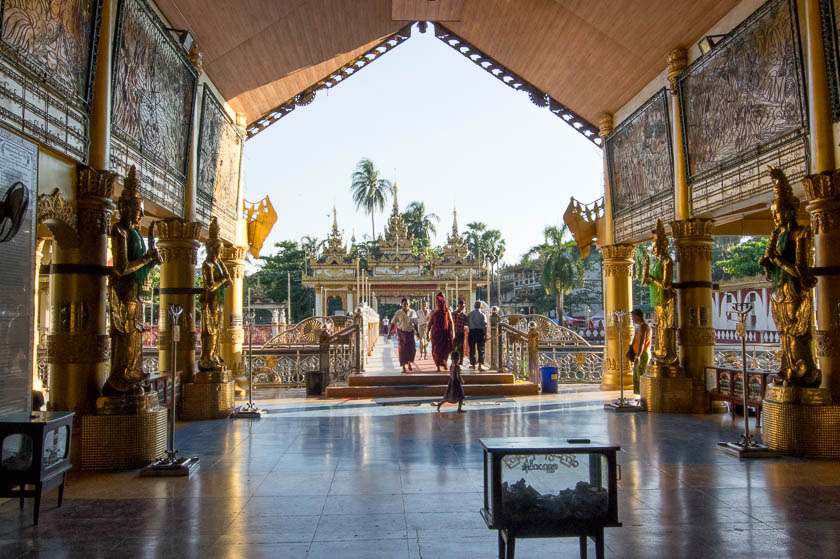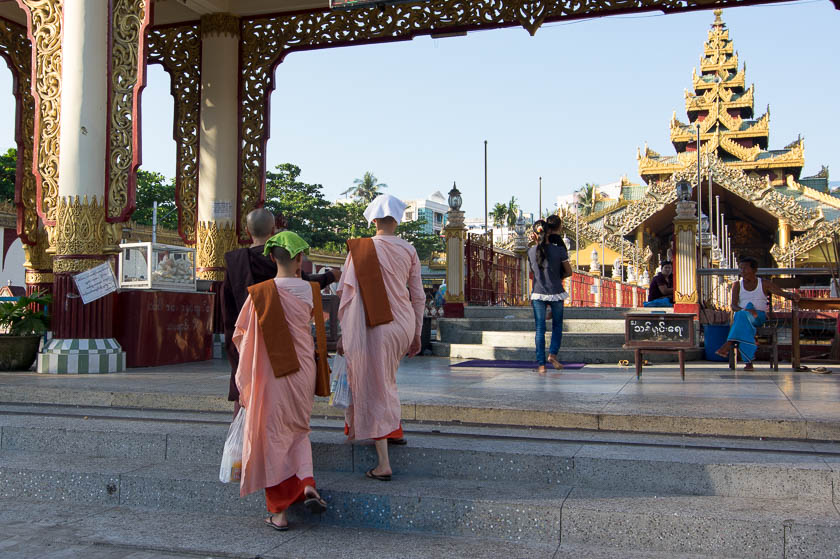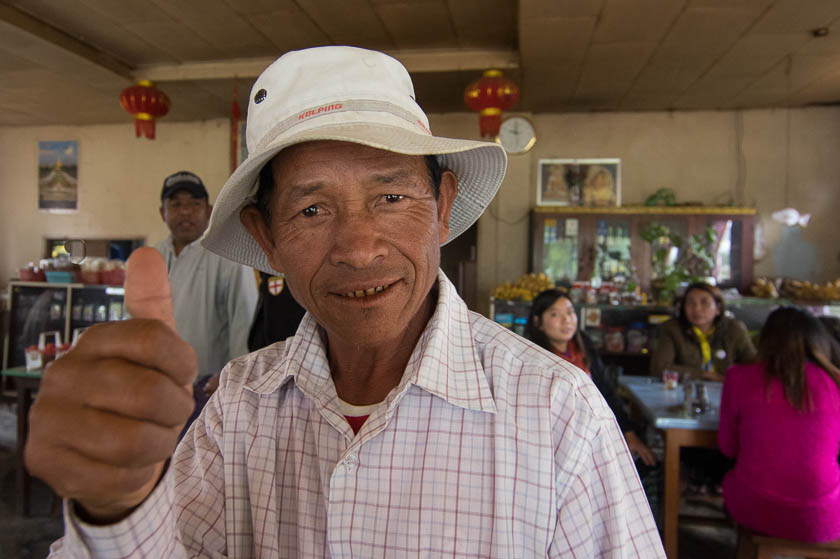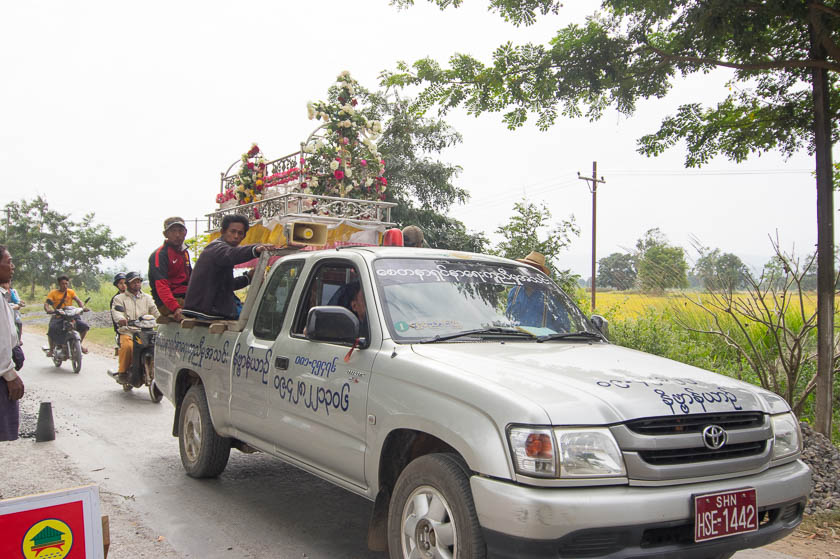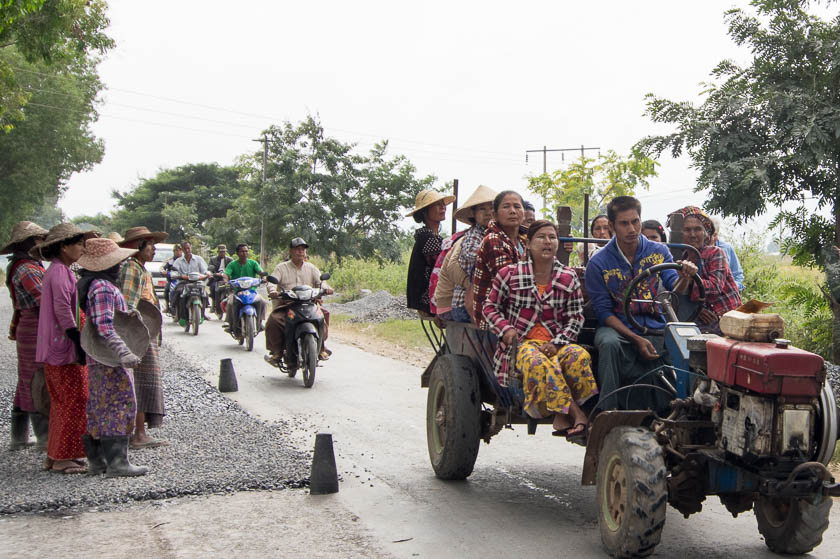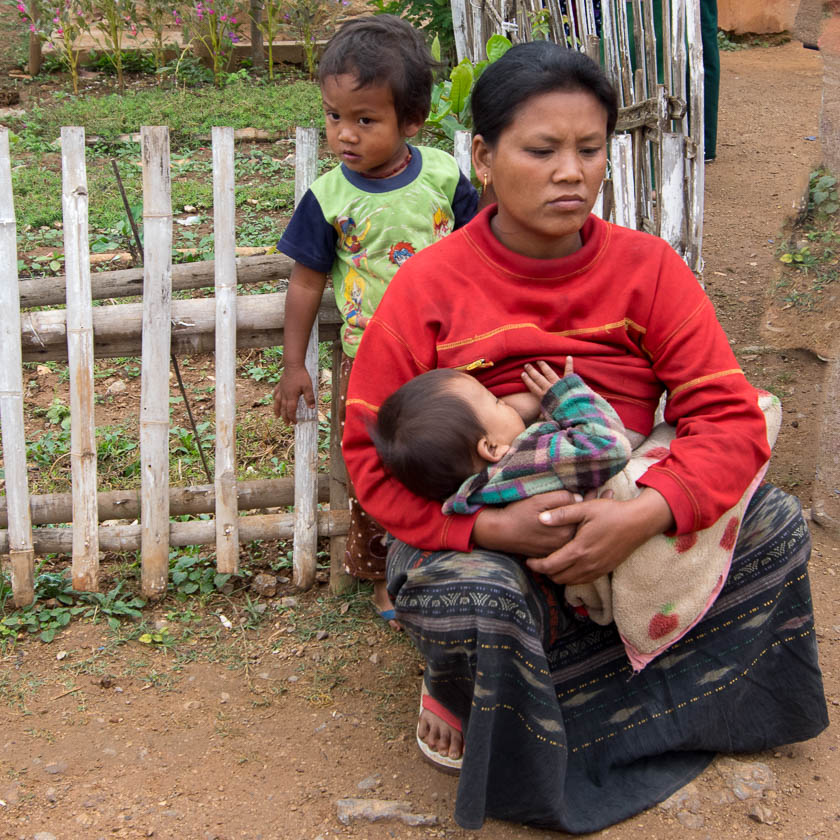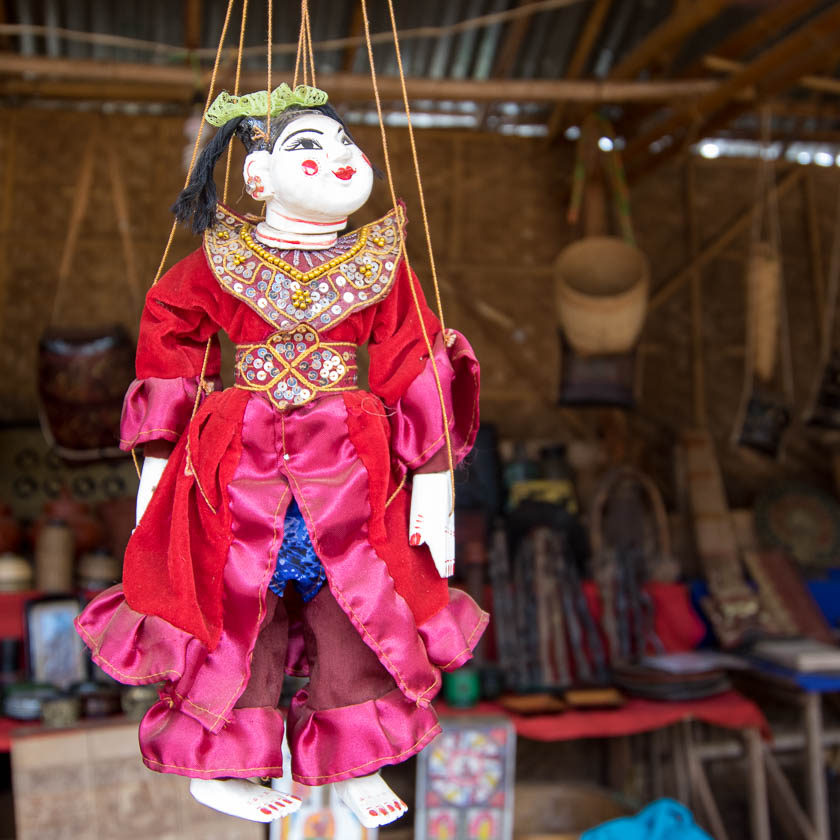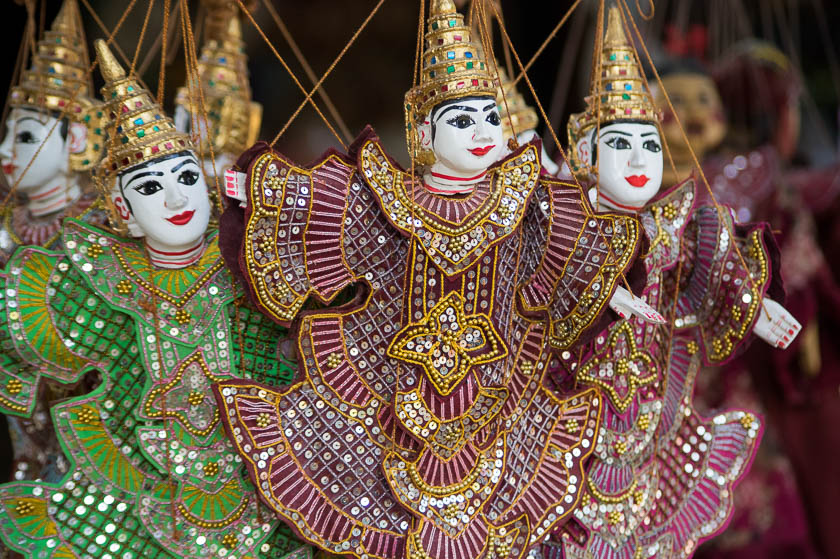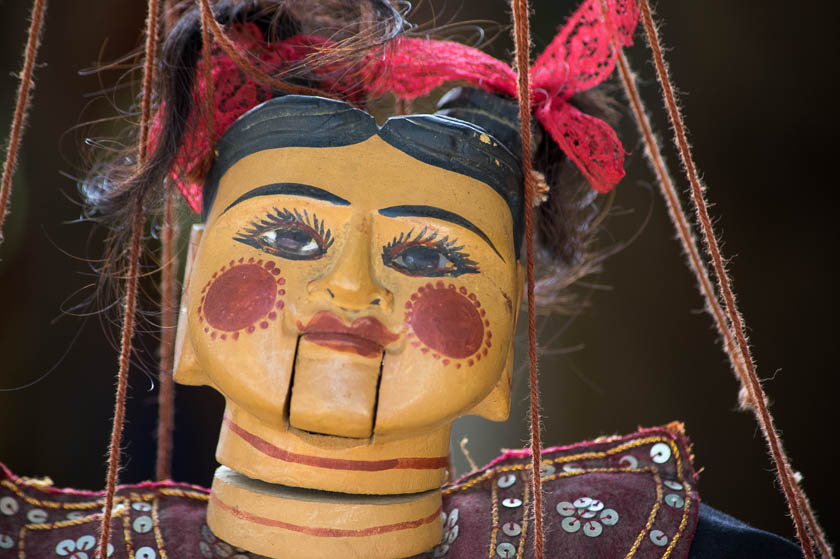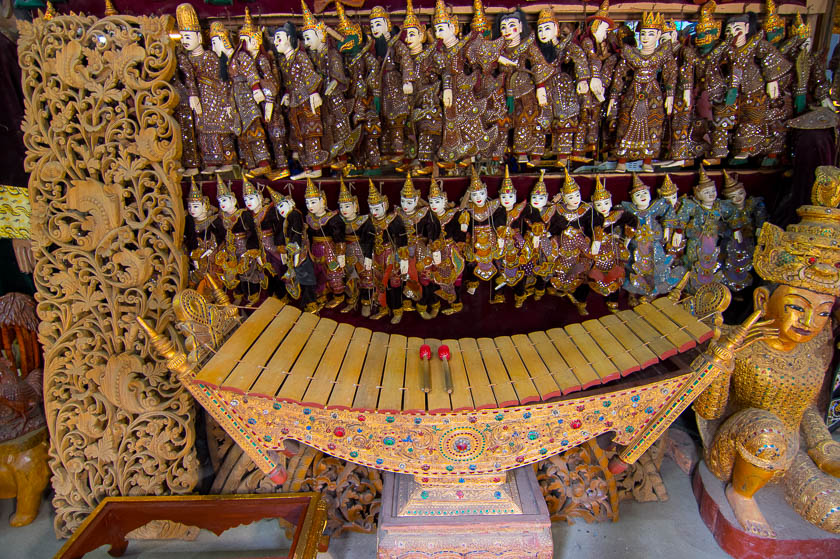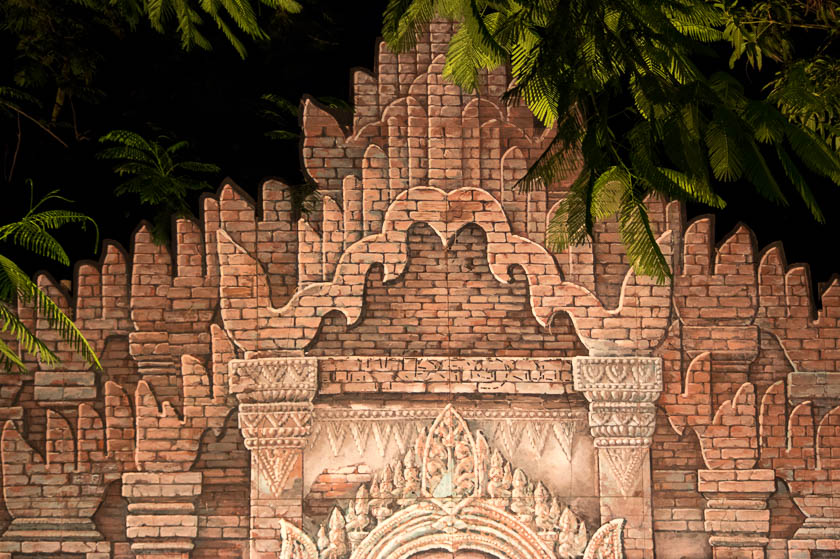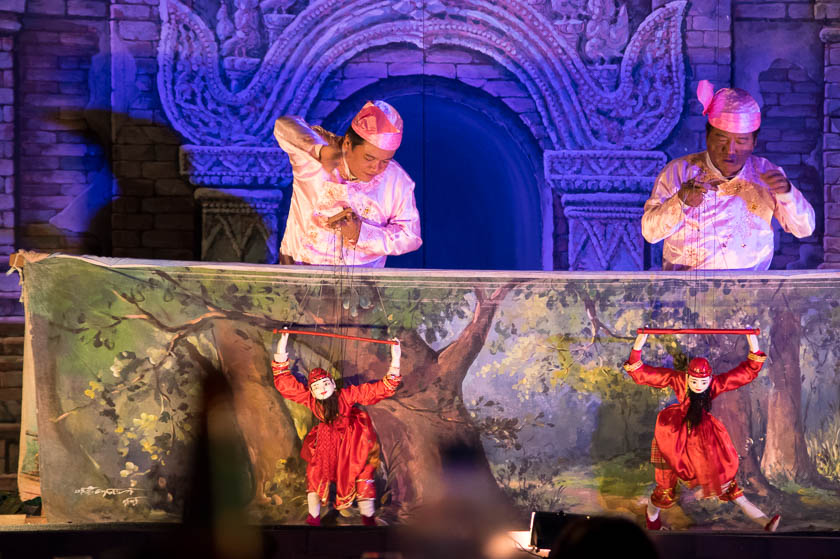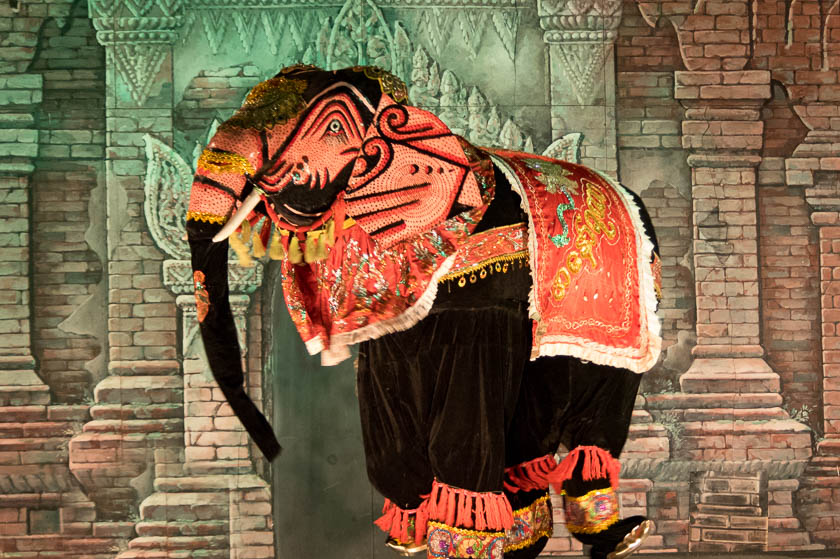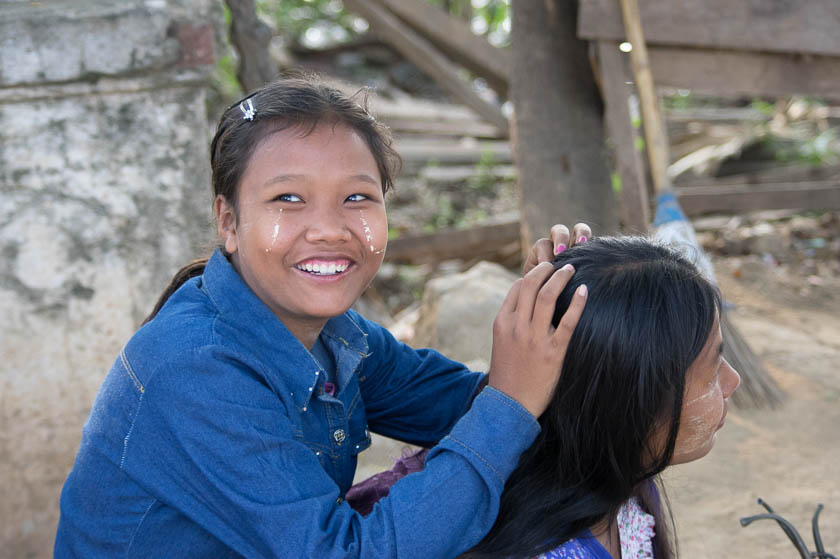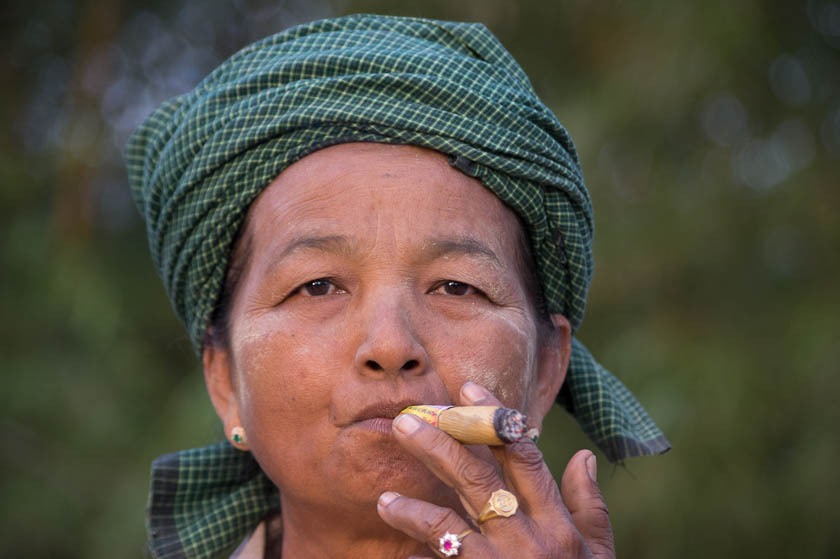PAGODAS ARE EVERYWHERE!
Sule Pagoda is in the heart of downtown Yangon. It is an important space in contemporary Burmese politics, ideology, and geography. It incorporates Buddhist architecture.
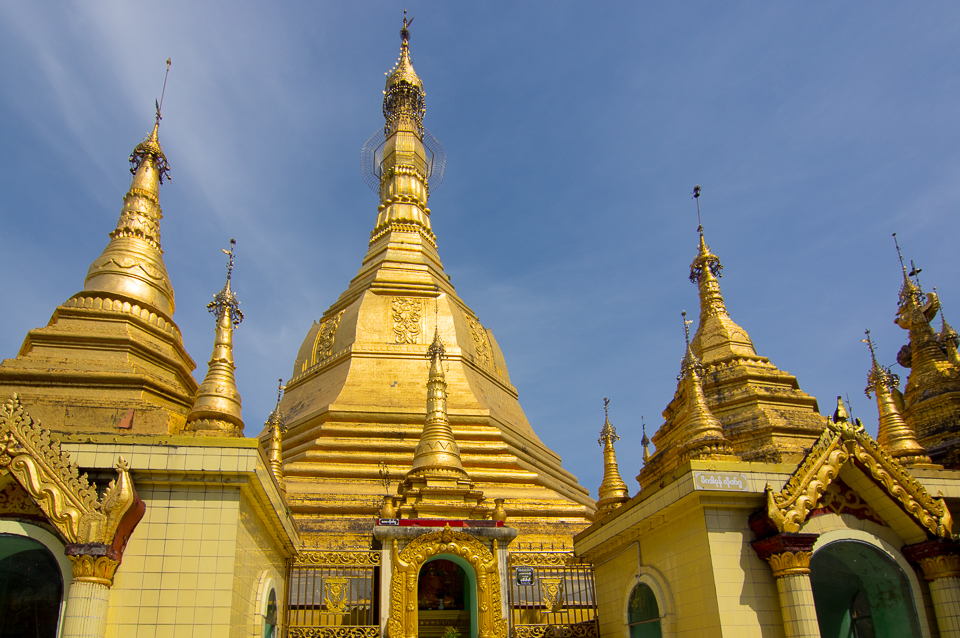
When I arrived at Sule Pagoda, in Yangon Myanmar, I left my shoes (flip-flops) at a shoe holding place (No shoes allowed in temples) and went up the stairs to the main level of the pagoda. As the building is basically round, and has numerous stairways (and hence shoe places) I had to remember where I left my shoes. At the top of the stairs I saw this water fountain and figured it would be a good landmark for me to identify the right stairs. But then I looked more carefully. This man took the cup (attached to the fountain with a chain), took a drink of water, replaced the cup, and reached down to pick up his briefcase. Throughout Burma I saw many places with water, often in lovely terra cotta pots, with one metal cup provided for thirsty passersby. Fascinating!
PUBLIC WATER.
Here are some other “public water” places. This photo was taken in the Inle Lake area.
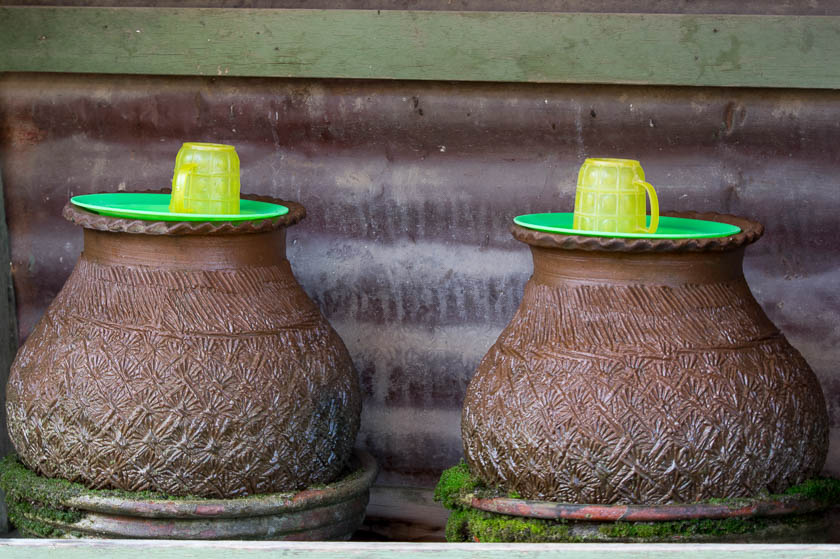
This photo was taken in the Mandalay area.
This one was in Bagan.
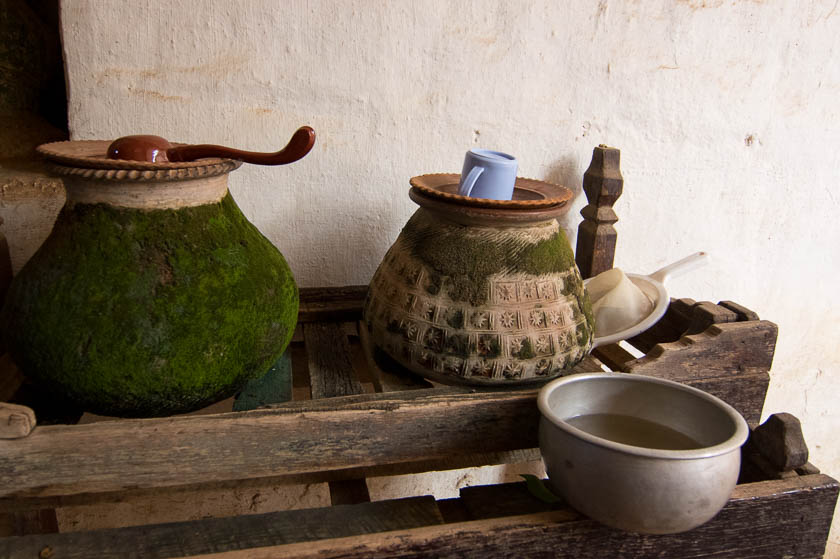
As I walked barefoot through the different areas of Sule Pagoda, I was struck by the decorative shrines and the devoted Buddhist people.
GAINING MERIT.
Merit is a Buddhist concept in that one accumulates merit as a result of good deeds, acts, or thoughts. Such merit contributes to a person’s growth toward spiritual liberation and ensures that the person will be at a better station in life in the next life. Merit can be gained in many ways.
In this photo the family is feeding pigeons to gain merit. They are also selling feed (corn) to others so that they can gain merit by also feeding the birds.
This woman is selling items outside Sule Pagoda. Her young child is with her. As you will see, children accompany their parents in all aspects of life.
MONEY & GOLD
Inflation in Myanmar, as in some other SE Asia countries, makes the currency rather unstable. People do not generally use banks to store their money. Nor do that want to keep those stacks and stacks of currency bills as the value tends to go down. So, they cash in their bills for gold in the form of gold bars or in most cases in the form of jewelry (necklaces, bracelets). Here is a gold store in downtown Yangon. This is a strong testament to how safe Burma is. There are lots of people in this gold shop. There is lots of gold in this gold shop. And, the many people have lots of currency (bills) with them often in huge stacks. But, there is no police or security personnel. People are orderly and respectful.
When people ask if I felt safe in Myanmar, all I need to do is show them a photo like this. Of course I felt safe in Myanmar!
CHINESE TEMPLE
The Chinese Temple is yet another place where Burmese make offerings.
I got very used to taking off my shoes and walking barefoot in all the temples. At first it seemed weird though.
MASSAGES FOR LUNCH
After a short plane ride from Yangon to Heho, we stopped at Daniel, our Burmese guide’s favorite airport café—Shan Noodles and more. Just after arriving, several amateur masseurs showed up and preceded to give Danial a massage. Though we did not understand the language, it sounded as if he was giving them instructions on the best techniques. Then we each had our own table side masseur for a group massage. Not bad for $2 each!
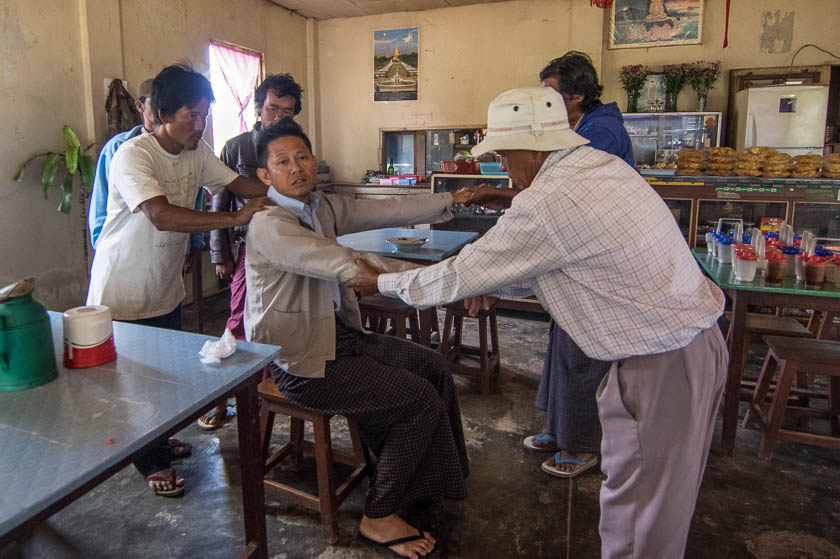
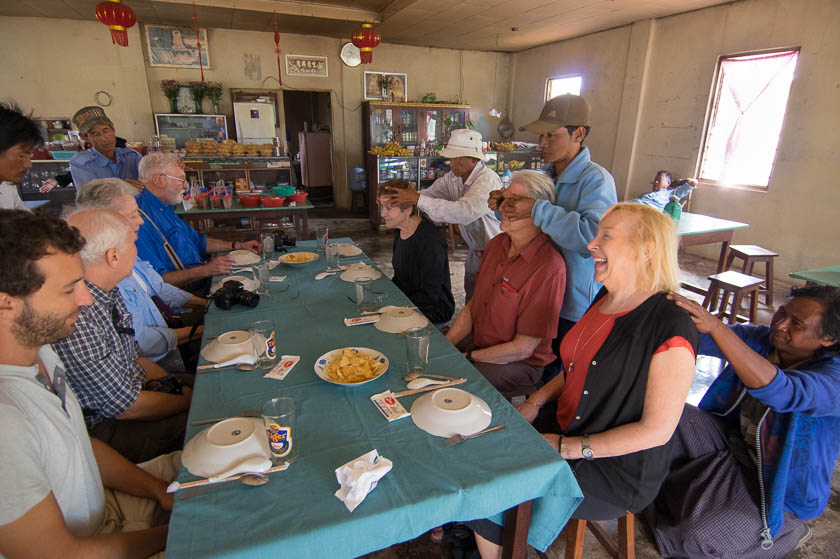
My masseur!
A FUNERAL PROCESSION
Just outside of Heho, when we were watching a group of people widening a road (by hand) – see my Hardworking Burmese post – a funeral procession passed by.
MODESTY
Though the Burmese are very modest in their dress – You never see people in shorts or women in low cut blouses or bare arms, breastfeeding is accepted and done openly.
The marionette is very popular in Myanmar. We were entertained in many restaurants by a marionette show. Hence, in the markets you find lots of marionettes all dressed in colorful outfits.
The following marionettes were in markets in Mandalay.
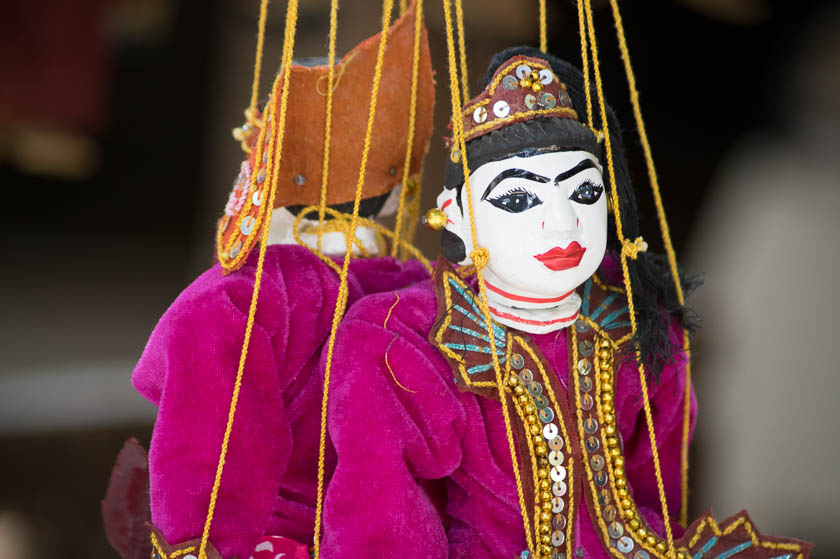
A beautiful shop display.
Another dinner and marionette show in an outdoor restaurant.
I saw several women “grooming” other women. Her, she is looking for lice.
Betel juice stained and rotted teeth.
Unfortunately this is very common in Myanmar. This man has obviously been chewing betel quids for years. These are betel leaves coated with lime juice and wrapped around Areca nuts and tobacco. It is evidently very addictive and popular.
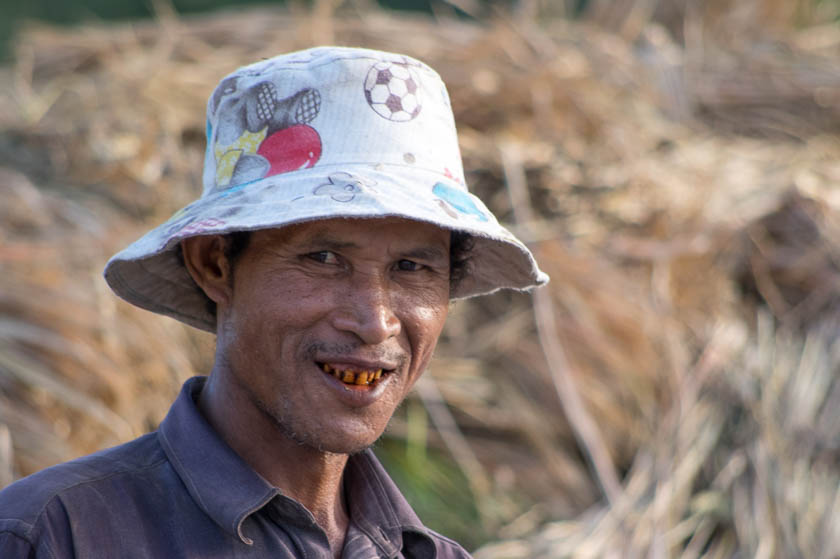
Women smoking charoots
We encountered numerous women smoking charoots, small cigars, but I think they realize that tourists find it interesting to photograph women smoking them so they do so when tourists with cameras are near by.
Lacquer ware shop
As I walked past this little lacquer ware shop (stand) outside of one of the pagodas, I saw these two women. It looked as if the younger one in the back was looking for lice (a grooming custom in Burma). I approached them and saw the younger girl had a pair of tweezers in her hand. I smiled and began to take this photo. Then the woman in front smiled back and began talking to me in quite good English. She explained that she is old and has some white hairs so her daughter was tweezing out the white hairs. I think she really enjoyed practicing her English so she continued to talk to me and then gave me the small lacquer cup. She said it was a gift and when I use it I should think of her. Of course then I had to find something to buy (she was so nice, etc…) so I bought the square dish. She continued to talk about Burma and the US and then said she also liked to trade. She asked if I had any perfume or lipstick or other cosmetics. I did have a half used lipstick, which she was very happy to have. She then told me to look for something else that I liked from her shop. I took the larger cup. She said that her family made everything there. I think of her often and wish I could be in touch with her. I truly enjoyed the experience and now the three precious items. They are not of the same quality as the items in the fancy lacquer factory I posted about earlier but they mean a lot to me.
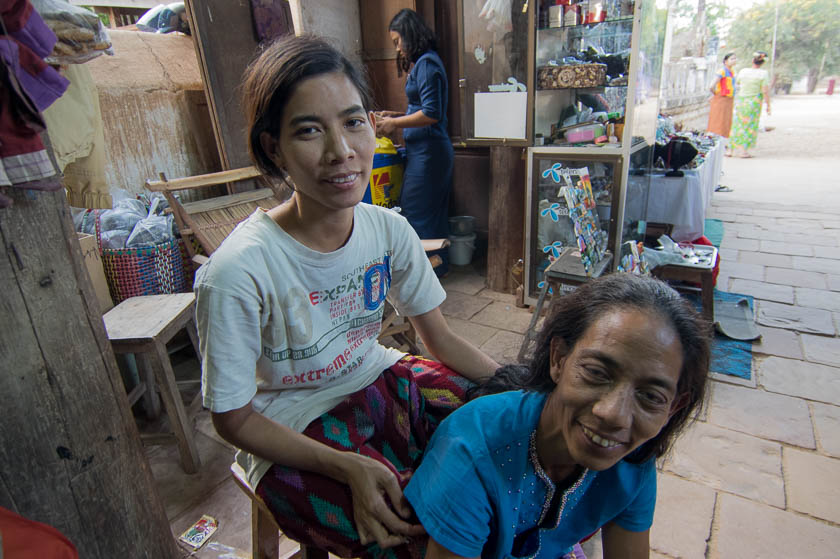
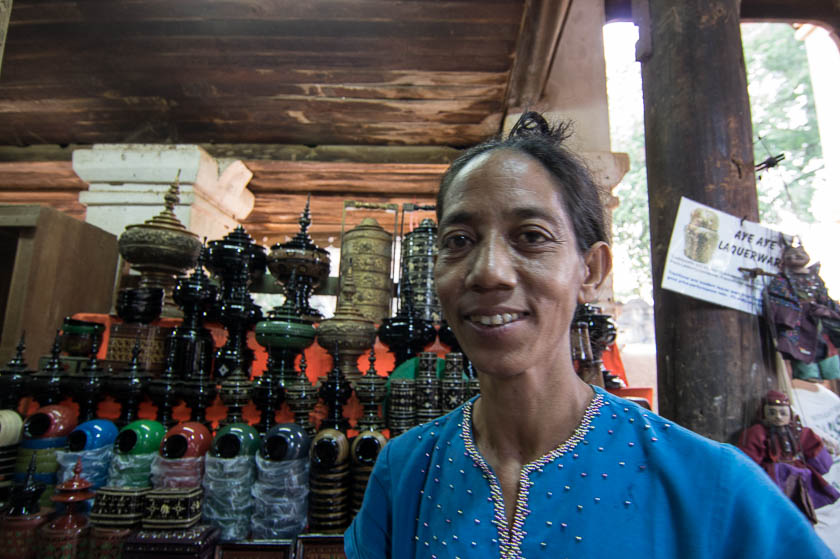
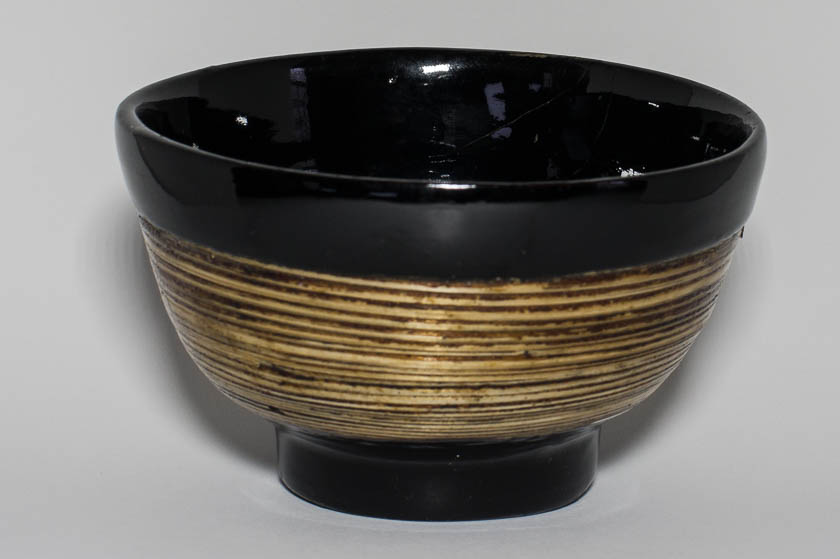
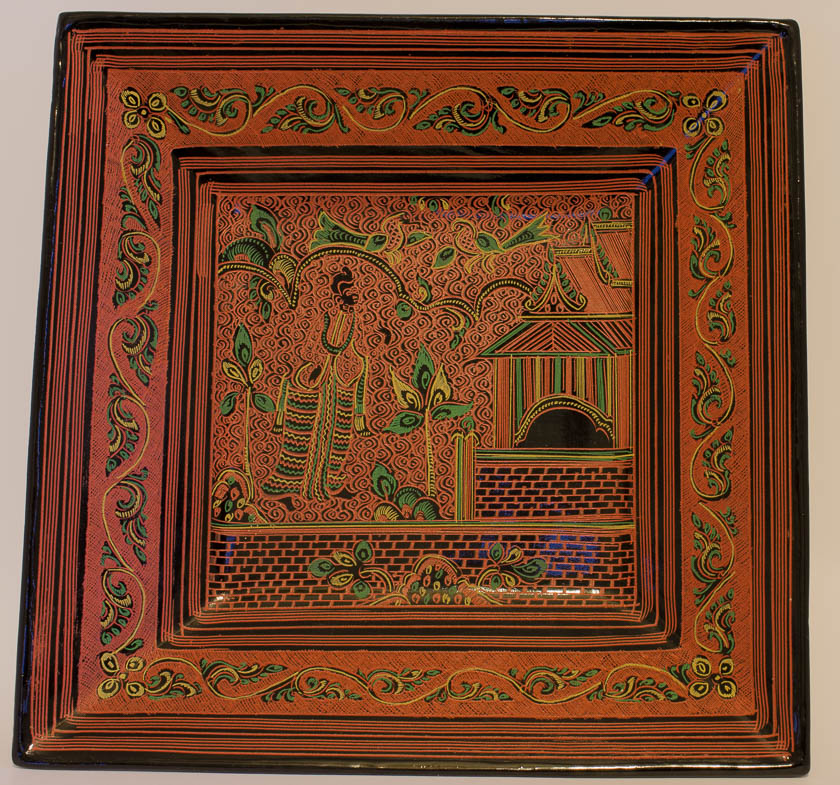
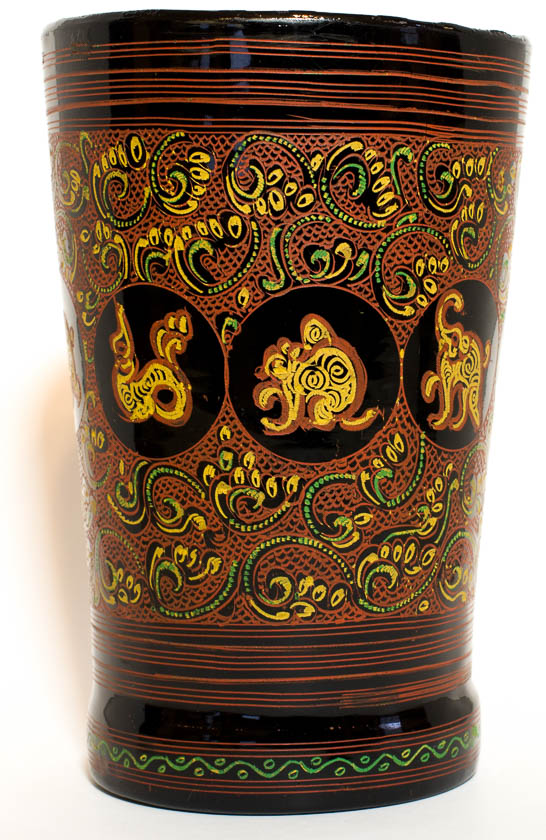

 My masseur!
My masseur!
